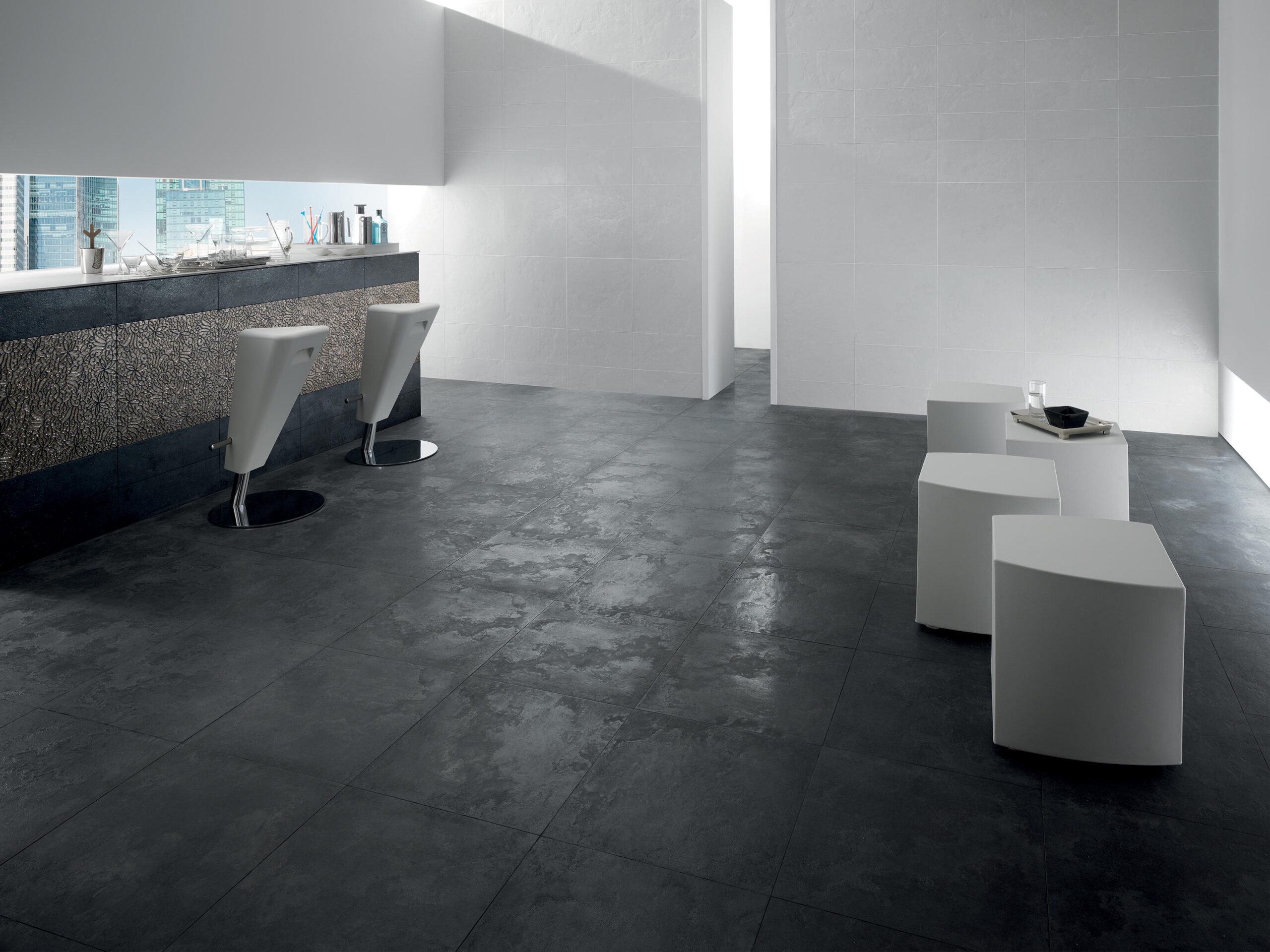Know the characteristics and best capabilities of pietra lavica

To begin with, you need to know that limestone is one of the most common sedimentary rocks. It consists of over 50% calcium carbonate. The breakup is CaC03 for Calcite. There are numerous types of limestone that form through different types of processes. You can precipitate limestone from water. It includes inorganic limestone, chemical limestone, and non-clastic material. You secrete the limestone by marine organisms. It includes coral and algae. The former material is biochemical limestone. You will find that these form on the basis of dead sea animals/creatures shells. It’s called biolistic limestone. You’ll find that some limestones also come into existence through clastic limestone or calcite-based mud.
Know the details
Some pietra lavica also form after the cementation of mud or sand. These things often have the appearance of mudstone or sandstone. Since calcite is the main or principal mineral or limestone component, it is bound to fizz or dissolve in dilute hydrochloric acid. Grey is the common color and the common finish is polished, bush-hammered, and antique stones. The best applications are internal flooring, external flooring, cladding, and bathrooms. It gives the effect of natural stone. When you talk about the finish, you also get a sandblasted, waterjet, velvet, flamed, polished, and honed finish.
Some more applications
In addition to the pietra lavica you read above, you also use it in high traffic areas, floor, cladding, bespoke, wall, outdoor, worktop, and indoor. You can cut them to size and make different slabs. Samples and stock availability is also very crucial in this regard. The companies reserve the right to dispatch all or select samples. If they are out of stock, or if the material is currently unavailable, they let you know. For standard products, they provide polished or honed finishes. You can see the samples and choose the material for your property.